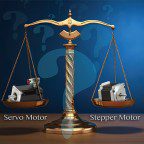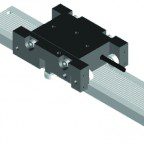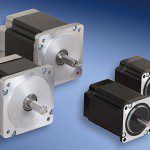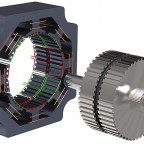Pole-damping technology refers to a unique method of microstepping employed by specially equipped stepper drives. Note that Lin Engineering trademarks the term Pole Damping, as it employs their proprietary technologies. Also do not confuse damping, which is the addition of components to a motor setup to reduce vibration and noise, with pole damping, which involves specialized circuitry and stepper motor operation.
When a stepper motor operates using microstepping, it is still not free from fundamental magnetic forces that govern its operation. As such, the motor still wants to take full steps whenever possible. Often this occurs when the microsteps are reaching the end of one tooth or pole and moving on to the next one. The motor can “jump” to the start of the next full step suddenly, disrupting the otherwise smooth microstepping operation.

Pole Damping takes care of this by ensuring that the last few microsteps between the end of one full step and the beginning of another full step take place. The drive has special circuitry in place to do this. What this circuitry does is output the correct amount of current at the right times to overcome the attractive forces that cause the stepper motor to “jump” to the next full step.
Pole damping is useful for applications in which a skipped microstep can cause production errors or poor results. One such example is an include inkjet printer. Here, without pole damping, the stepper motor’s natural tendency to “jump” at the end of one set of microstepping can cause misprinting and blank lines in printouts. Pole damping removes this error and ensures printouts reproduce accurately.
As mentioned, Pole damping is a trademarked term and proprietary technology from Lin Engineering. Consult their documentation and handbooks for further details on whether Pole Damping is right for the system in question. For more information, read Lin Engineering: What is Pole Damping Technology?







Leave a Reply
You must be logged in to post a comment.